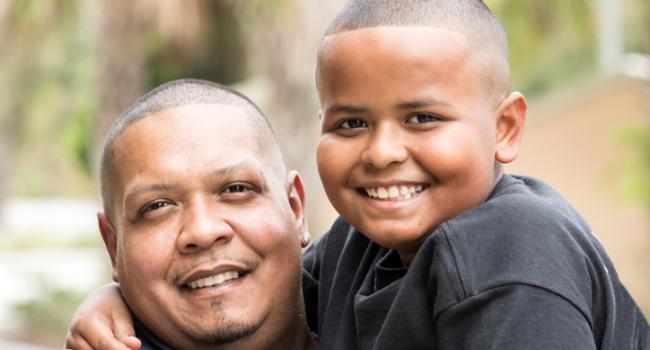When it comes to understanding a "sped kid," it’s essential to recognize the unique needs and challenges that come with special education. The term "sped" is shorthand for special education, which refers to the tailored educational programs designed to meet the needs of children who have disabilities. These disabilities can range from physical impairments to cognitive challenges, and they require special attention to ensure the child’s success in school and life.
What is a Child with disabilities
A "sped kid" is a child who requires special education services to address their unique learning needs. These services are not limited to those with severe disabilities but also include children with learning disabilities, emotional disturbances, and other conditions that impact their ability to learn in a traditional classroom setting. Special education aims to provide these children with the tools and support they need to succeed academically and socially. Understanding that every Child with disabilities is different is crucial, as their needs and abilities can vary widely.
The Importance of Individualized Education Programs (IEPs)
One of the key components of supporting a Child with disabilities is the creation of an Individualized Education Program (IEP). An IEP is a customized plan designed to meet the specific educational needs of a child with disabilities. This plan is developed collaboratively by a team that includes the child’s parents, teachers, and other specialists. The IEP outlines the child’s current abilities, sets goals for their progress, and specifies the services and accommodations they will receive. For a Child with disabilities, an IEP is essential in ensuring that their education is tailored to their strengths and challenges, helping them achieving their full potential.
Challenges Faced by Child with disabilities
Sped kid faces a variety of challenges, both in and out of the classroom. Academically, they may struggle with subjects that their peers find easy, such as reading, writing, or math. Socially, they may feel isolated or misunderstood, as their differences can make it hard for them to connect with others. Additionally, the stigma associated with being labeled as a "Child with disabilities" can lead to low self-esteem and a lack of confidence. It’s important for educators and parents to be aware of these challenges and to work together to provide the necessary support and encouragement to help these children succeed.
The Role of Teachers and Parents
Teachers and parents play a crucial role in the development and well-being of a Child with disabilities. Teachers need to be patient, understanding, and adaptable, as they work to create an inclusive classroom environment that accommodates the needs of all students. This might involve modifying lessons, providing additional resources, or offering one-on-one support. Parents, on the other hand, must be advocates for their children, ensuring that their needs are met both at school and at home. Open communication between teachers and parents is essential in creating a supportive network for the child.
The Power of Inclusion
Inclusion is a powerful tool in the education of a Child with disabilities. When children with special needs are included in general education classrooms, they have the opportunity to learn alongside their peers, which can boost their social skills and self-esteem. Inclusion also benefits the other students, as it teaches them about diversity, empathy, and the importance of supporting one another. However, successful inclusion requires careful planning and the appropriate resources to ensure that the needs of the Child with disabilities are met without compromising the quality of education for other students.
Celebrating the Successes of sped kid
It’s important to celebrate the successes of Child with disabilities, no matter how small they may seem. Progress can be slow and challenging, but every step forward is a victory. Whether it’s mastering a new skill, making a friend, or achieving a goal outlined in their IEP, these accomplishments deserve recognition. Celebrating these successes not only boosts the child’s confidence but also encourages them to keep striving towards their goals. For parents and teachers, these moments of success serve as a reminder of the importance of their support and dedication.
Conclusion
Understanding and supporting a sped kid requires patience, compassion, and a commitment to providing the best possible education and care. By recognizing the unique challenges these children face, creating individualized plans, and fostering an inclusive environment, we can help them reach their full potential. Every Child with disabilities has the ability to succeed with the right support system in place, and it is our responsibility to ensure that they are given every opportunity to thrive.





Comments